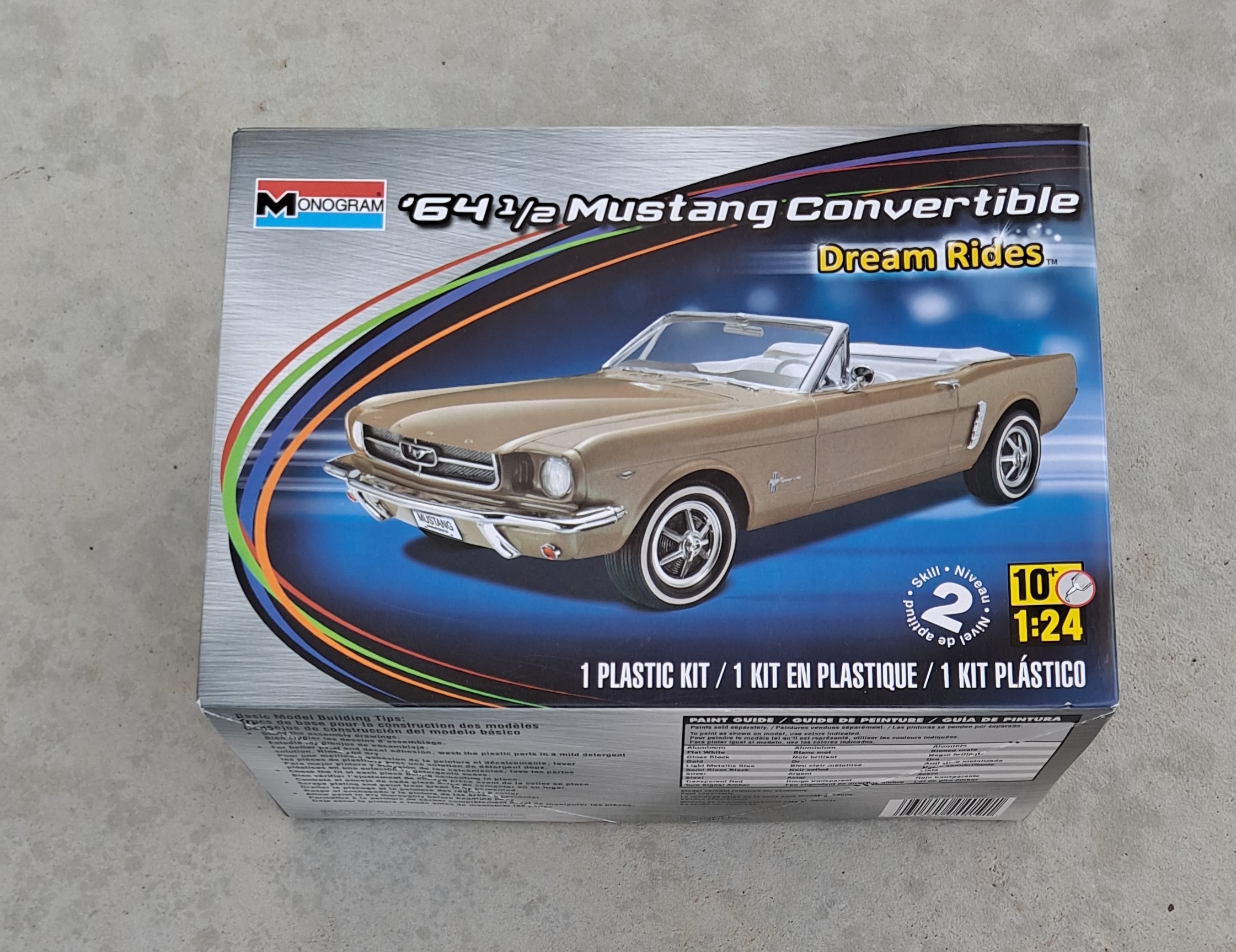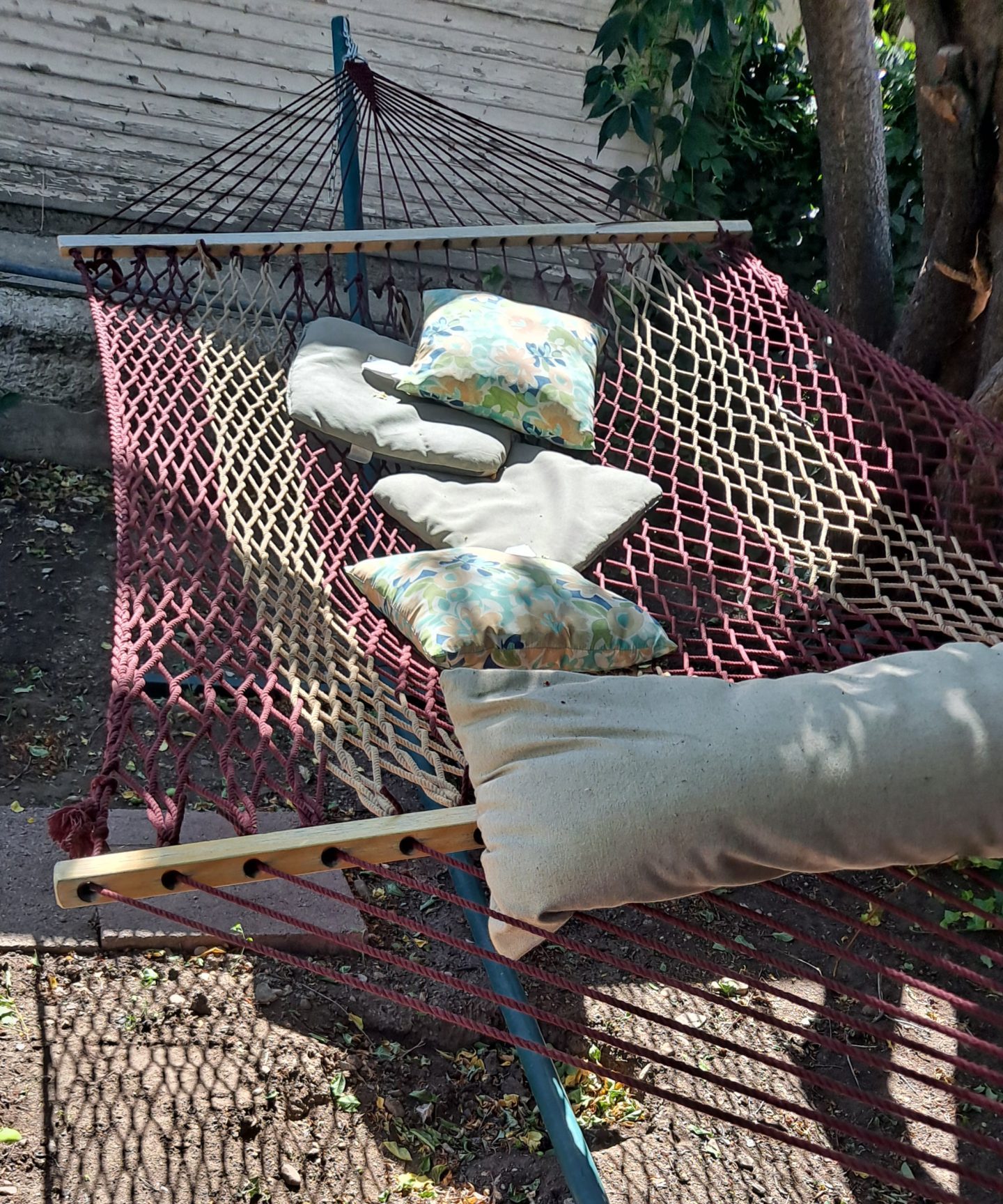-
Working with the Worlds of the Workplace
Your workplace may contain many worlds, including management, sales, testing, manufacturing. Learn to work effectively with the worlds outside of your specialty.
-
Schedules are Models

Schedules are models. A poorly designed schedule will not model the progress of a project with much accuracy.
-
Doing and Not Doing

The creative life cycle includes both Doing and Not Doing. Don’t overlook Not Doing! It can be the key to the successful completion of your task.
-
Parkinson’s Law for Schedules
Parkinson’s Law explains why a schedule that is used to set deadlines will always result in a project that is behind schedule.
-
Daily Status Meetings
Daily status meetings seem like a good idea, but if they are not done correctly, they are guaranteed to reduce the productivity of the development team.
-
Leading a Design Meeting
Leading a design meeting is a skill that you can cultivate. Here are some best practices that I have found useful.
-
Product Development Lessons from a Model Car Kit
How important is integration planning to the success of a project? A model car kit provides a big clue.
-
Why is my project late?
There are many things that can delay a project. In this post I use a fishbone diagram to list and categorize them.
-
What is a Trade Study?
A trade study is a tool that can help project teams make wise decisions. They can also be manipulated to give preferred decisions rather than wise decisions